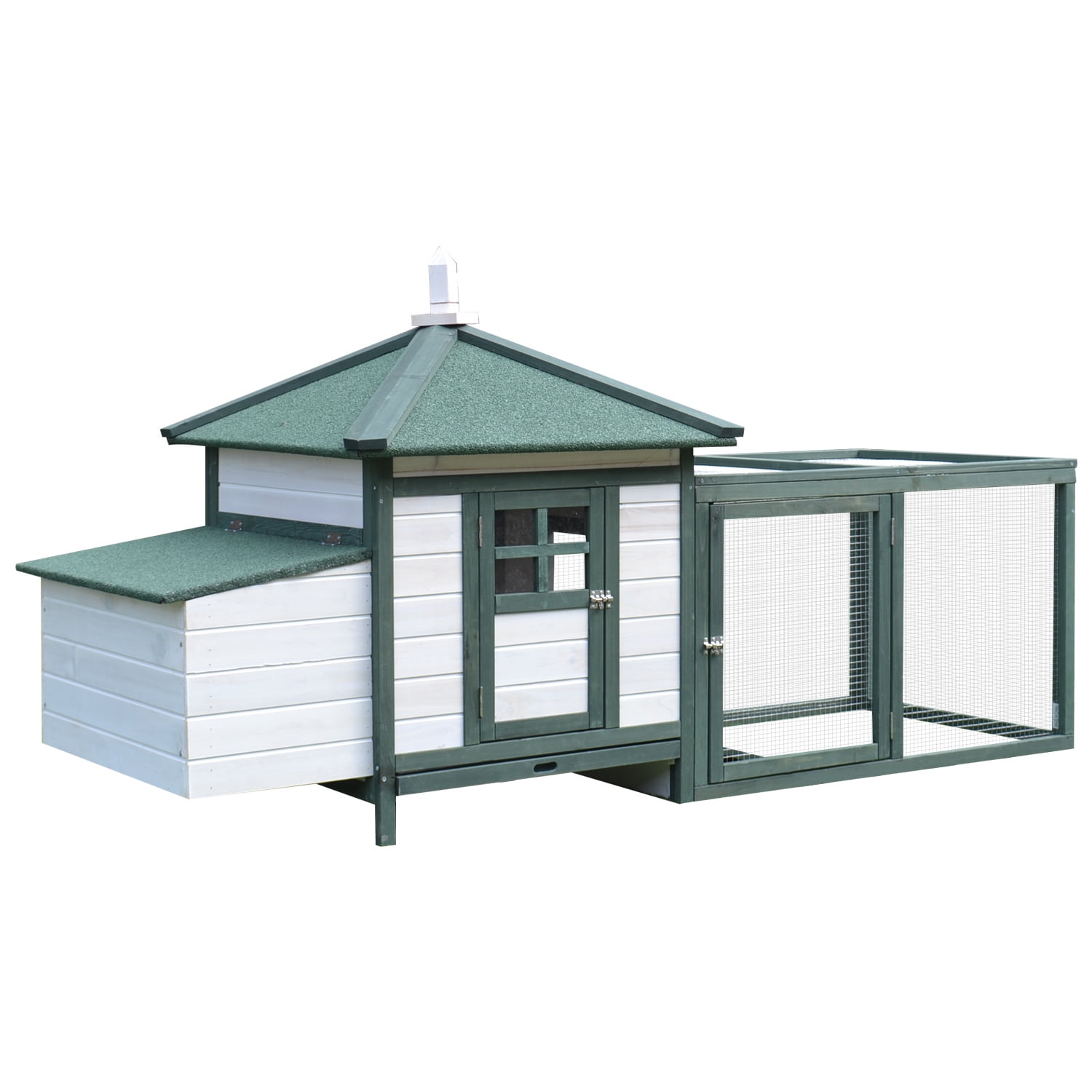

Maintaining a clean, dry environment is especially important for young chicks.Ī high pressure sprayer is good for this step, but manual scrubbing with a moderately stiff brush is one of the best ways to insure a thorough cleaning. Mix in hot water-160 oF or hotter is best. Strong alkalis include washing soda (sodium carbonate) and lye (caustic soda). A mild alkali is baking soda (sodium bicarbonate) and moderate alkalis include household ammonia, borax and trisodium phosphate. Alkaline substances vary in their strength with the strongest causing burns and internal injuries if swallowed. The washing solution can be either a neutral detergent (ph between 6 and 8) or an alkaline detergent (ph above 8). Wash every surface in the building, especially window sills, ceiling trusses, wall sills and any surface where dirt and dust may accumulate.

Soak until the accumulated dirt and manure has softened to the point it is easily removed.

Use a low pressure sprayer to totally soak all surfaces. Soak the heavily soiled areas (perches and roosting areas, floors, etc.) thoroughly. You can use a cheap neutral detergent, like dish soap. Warm or hot water will do a better job getting through organic matter than cold water. Wet cleaning is done in three steps: soaking, washing and rinsing. Turn the power off to the building prior to using any water for cleaning. However, be careful to clean the filter often as the fine dust from the coop may easily clog the filter and make the vacuum work harder or lead to burn out of the motor. With a small coop, a wet-dry shop vacuum does a good job of removing this material. Sweep the floor to remove as much dry material as possible. Scrape manure and accumulated dust and dirt from perches and roosts. Sweep or blow dust and other loose dirt off ceilings, light fixtures, walls, cages or nest boxes, fans, air inlets etc. Start by removing all birds from the building to be cleaned, along with all equipment that can be cleaned in another place, such as feeders and waterers. Skipping one step or doing an incomplete job at any point will make the next step harder and lead to failure.

Successful cleaning is hard work and requires systematic completion of several sequential steps. In order to reduce SE and other health risks, a complete dry cleaning, washing and disinfection of the poultry house after each flock or at minimum once each year is recommended. Photos by New Entry Sustainable Farming Project


 0 kommentar(er)
0 kommentar(er)
